To Resurrect Jordan’s Lost Forests, Plant a Seed in Hearts and Minds
Environmentalists see small reforestation pilot sites around the capital of Amman as a first step to a greener future.
At a park in the east Amman neighborhood of Marka, a local street cat stalks two small birds past shrubs and saplings. Deema Assaf, an architect turned environmentalist, stops talking for a moment to watch the interaction. Only a few feet from the oblivious birds, the cat freezes. Then it loses interest and walks away, curling up near Assaf in a rare patch of weeds—most of the unwanted vegetation was pulled the day before by volunteers.
The birds are much thicker in the morning, Assaf says. And cats are not the only things they are attracting. The park’s security guard has seen a fennec fox on the hunt; it likely came from green spaces around a small airport nearby, the only part of the surrounding neighborhood not dominated by cement and concrete buildings. But that’s changing. The small plot of knee-high vegetation where she stands now does not look like a forest, says Assaf, but give it a couple of years and most of it will be five to six feet in height.
The fenced-in area is a little over 2,500 square feet—about the size of the average American house—and looks like a patchwork of random plants packed closely together. But there is nothing haphazard about it. The plot is one of a handful of small sites in Jordan’s capital where Assaf and Japanese environmentalist Nochi Motoharu have introduced a planting technique called the Miyawaki method—the first time it’s been used in the Middle East—in hopes of preserving native plants, mitigating the impacts of rampant urbanization, and changing the very way people view the urban landscape.
That landscape has seen drastic changes in the last 100 years: Multiple influxes of refugees have caused Amman’s population to balloon from around 5,000 people to some 4 million. What was once a collection of forested Mediterranean valleys has largely been paved over.

“The crisis is of our own doing but I think we also have the power to repair the damage by understanding and working with nature instead of against it,” says Motoharu, echoing the philosophy behind the method he and Assaf are using to grow the small-scale forests.
The Miyawaki method, developed by Japanese botanist Akira Miyawaki in the 1970s, focuses on planting native trees and shrubs in close proximity. The plants compete for sunlight, growing upward at a quicker pace. Already employed around the world, Motoharu and Assaf introduced it in Jordan in 2018 with a pilot site on private land in the west of Amman. Facing a lack of studies on naturally occurring vegetation around the city, the two had to resort to some novel tactics at first, scouring centuries-old historical accounts of Amman’s vegetation and learning which plants would thrive through much trial and error.
The Miyawaki Method itself “is a purely nature-based solution, mimicking the way nature works,” Motoharu says. The team does not use fertilizers or pesticides and says that after two or three years the sites do not need regular irrigation. The trees at the 2018 site are already 10 feet tall.
The team’s test plots also host some of Jordan’s rarest flora. In Marka, that includes saplings of Pistacia lentiscus, the wild pistachio tree—there are only about 50 left in the wild in Jordan—and Celtis australis, sometimes called a European hackberry, which is even more rare.
However, not everyone is convinced these small-scale forests will help ease Jordan’s environmental problems. Climate change is already making the country hotter and more arid—and in ever greater need of forest restoration. Currently, only about one percent of Jordan is still forested, and even those areas are under threat from wildfires, livestock grazing, and illegal logging. Nizar Obeidat, who specializes in forest and rangeland research with the Jordanian National Agricultural Research Center, says that the Miyawaki method is not suited to reforesting the country in any practical way. The method is “very costly because you use a small area with high density and some manipulation with the soil using straw and manure,” Obeidat says.

The greatest benefit of the tiny urban forests that Assaf and Motoharu’s team are planting may be in raising awareness of the value of green spaces in urban areas among both ordinary citizens and people in power. “You have to raise a proper generation in order to have these meaningful projects,” says Dana Mismar, a volunteer on the team. “And the government should invest in this … It is the most important thing. What is more important than losing a plant that will not be here anymore?”
Assaf echoes the sentiment. “Today, we are so disconnected from the native ecology. It’s like this foreign issue,” she says, citing the local knowledge of plants that has been lost. “For me, it is about reweaving the native ecology into the urban fabric, people’s lives, and their memory.”
She thinks about the potential of city kids recognizing and valuing plants, such as the valonia oak, Jordan’s national tree, even if they’ve never left Amman. “It will become a part of their memory and this really excites me, because we cannot protect what we do not care about and love, and we cannot care and love something that we do not know,” Assaf says.
Part of Assaf and Motoharu’s effort involves establishing partnerships with local nurseries. Fadwa Al-Madmouj, a 25-year-old volunteer and agricultural engineer at a nursery in the south of Amman, has been instrumental in researching different ways to propagate Jordan’s native plants. In 2019, during the nursery’s first year of working with Assaf and Motoharu, it grew around 15 different local species. Today, that number is around 50—and, just as importantly, customer interest is also growing.
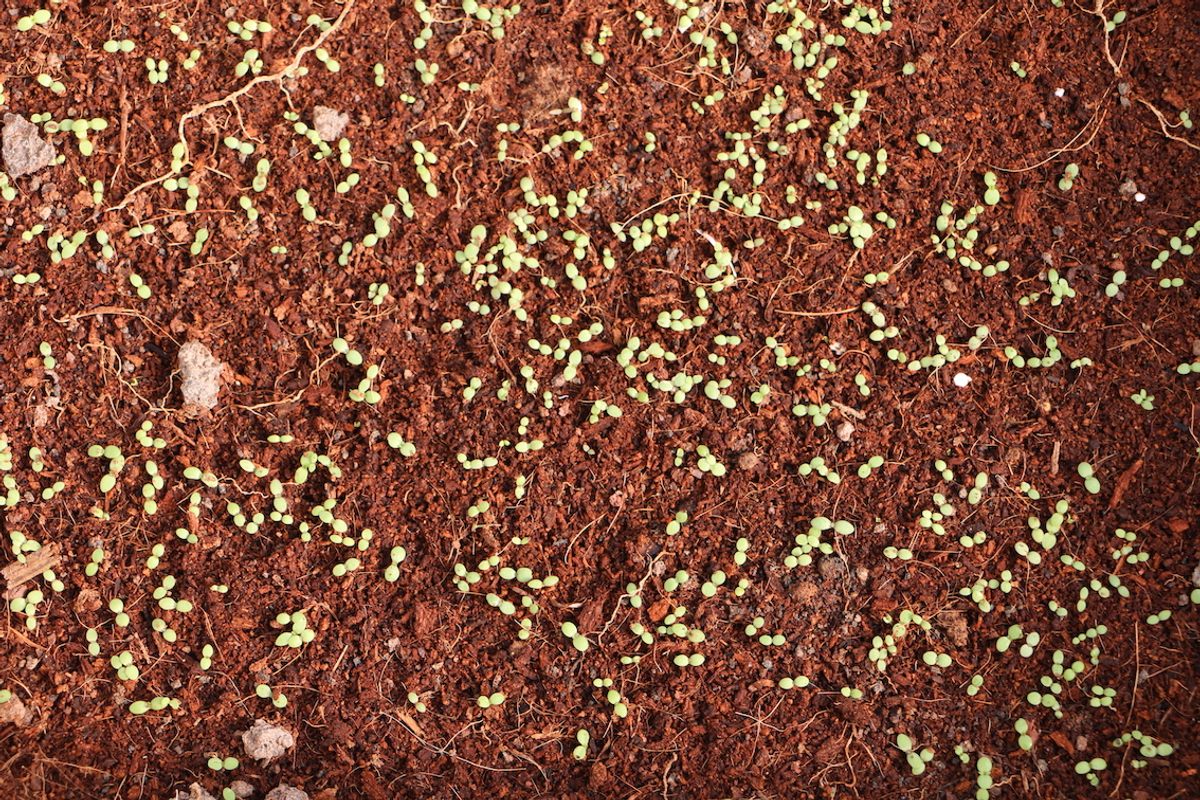
“My first year in the nursery people were laughing about native plants,” says Al-Madmouj. “Now we have a big group that loves natives … they bring friends, they bring the family to buy native plants.”
The Marka project, says Al-Madmouj, “is a small forest, but it just gives a message to people: ‘See, we can do [it] and you can, too. And together we can do something.’”

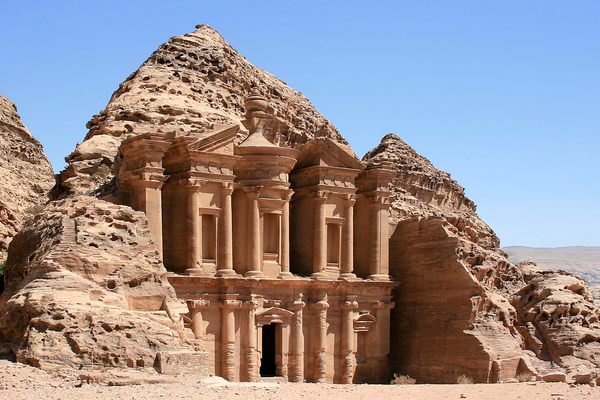
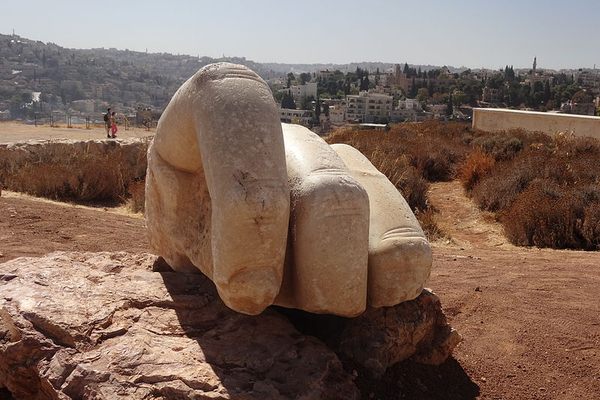
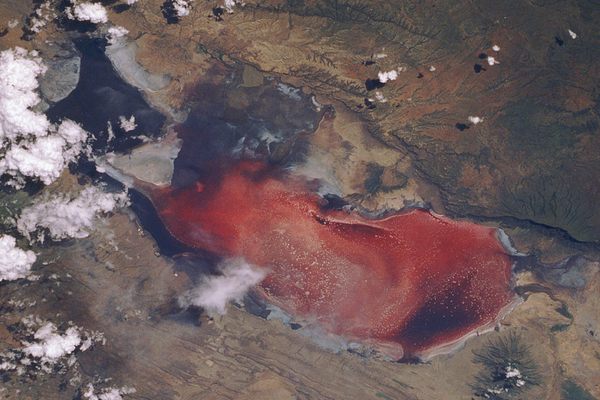

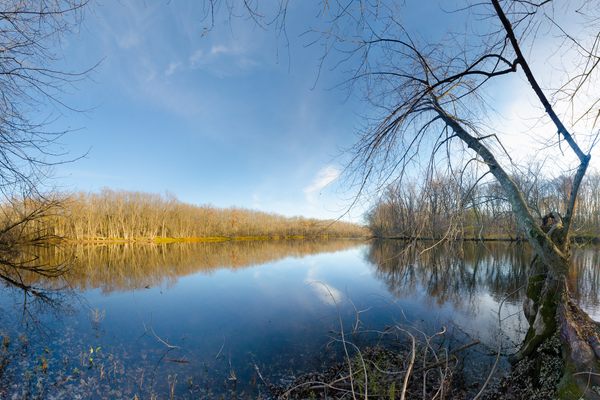
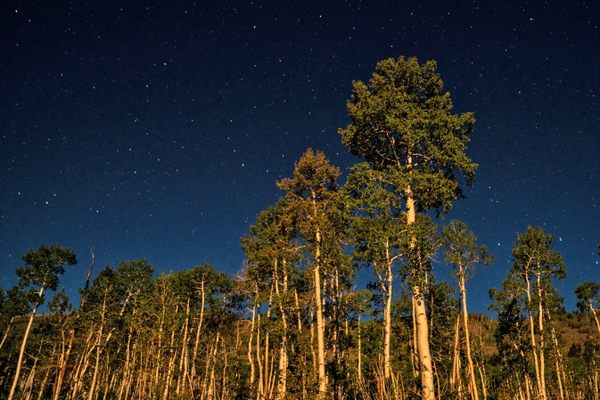
















Follow us on Twitter to get the latest on the world's hidden wonders.
Like us on Facebook to get the latest on the world's hidden wonders.
Follow us on Twitter Like us on Facebook